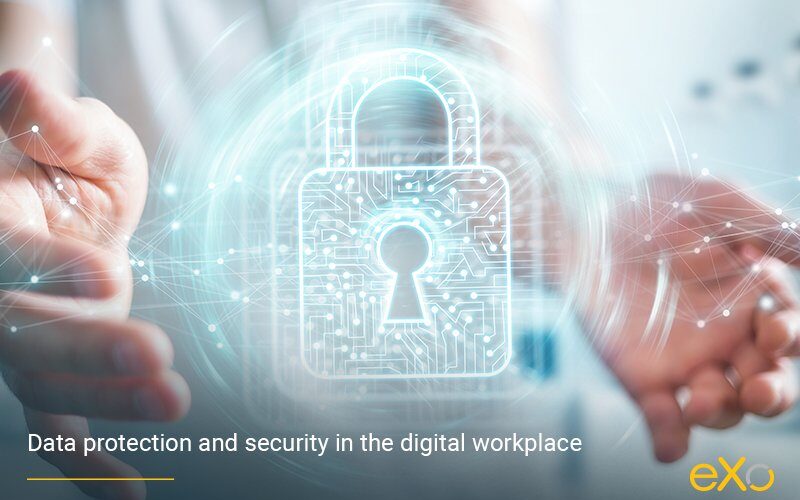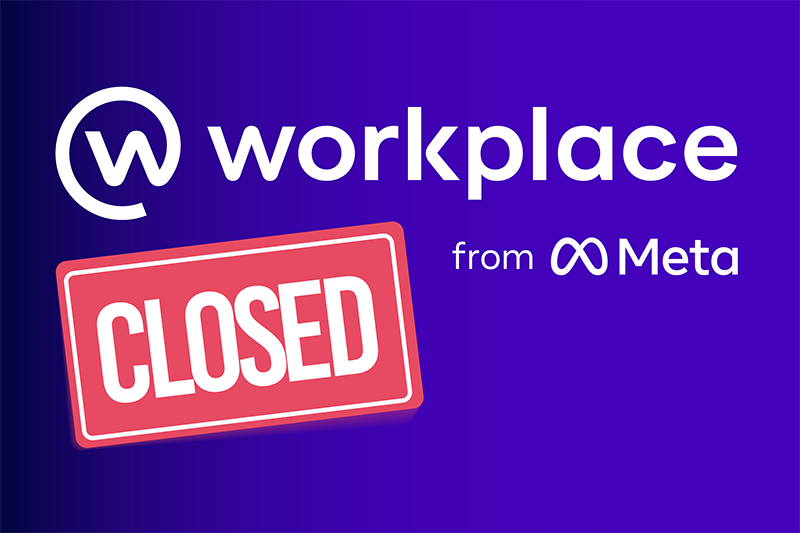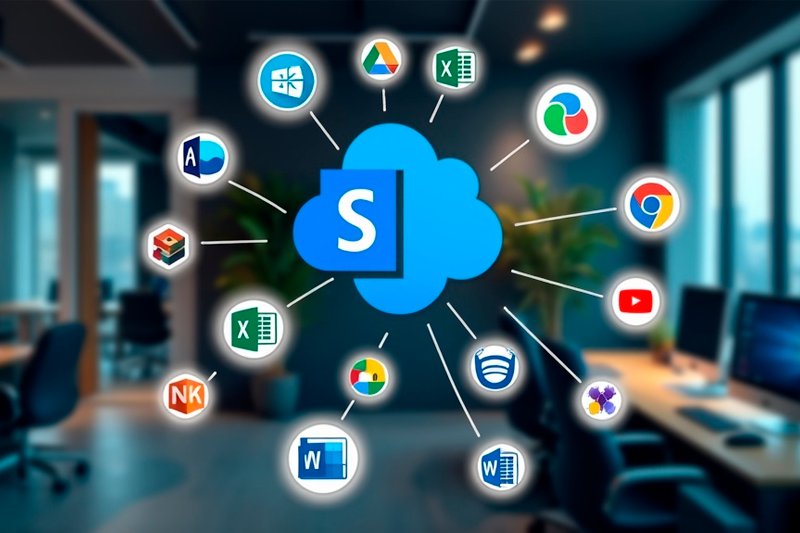- Fares Laroui
- April 7, 2021
Data protection and security in the digital workplace

Content
Covid-19: A catalyst for change?

FREE WHITE PAPER
Types of Digital workplace solutions
The modern workplace has evolved significantly in recent years, with advancements in technology, the growing number of tools …
Best practices for digital workplace security and data protection
Perform a gap analysis
A gap analysis is what’s needed to understand these gaps and take action accordingly. More often than not, IT teams start by examining their current system’s infrastructure and then assess their employees’ needs and determine which procedures and tools are required to fill the gaps.
Raise awareness on new data attacks
Introduce a zero trust security model
This is why more businesses turn towards zero-trust cloud VPN solutions like GoodAccess to add an extra layer of security to their remote connections. With this type of system, you can manage gateways and decide which devices have access to your network. As a result, it will be extremely difficult for a third party to infiltrate. Another popular choice for businesses looking to enhance their remote security is ExpressVPN, which provides robust encryption and a wide network of servers to ensure secure and private connections. Implementing a reliable VPN is crucial for safeguarding sensitive data and ensuring secure remote access for businesses.
Establish a data loss prevention (DLP) strategy
Data loss prevention (DLP) has been a topic of increased interest for CIOs over the years. With remote working taking the center stage nowadays, preventing data from being lost has become even more critical since employees use a multitude of apps and devices to get things done. This has ultimately led to data being lost in endless email threads and unauthorized devices, which eventually poses a threat to the systems in place and to employee and customer data.
To cope with these challenges, businesses need to establish a DLP strategy that mainly comprises a combination of policies and technologies. The first step is to determine which data is critical, the level of protection, who can access the data, and, of course, the perimeters to monitor through a Vulnerability Management Lifecycle approach. For example, prior to the pandemic, the perimeters were more or less restricted to the office, making it easy to determine the devices to keep an eye on. Today, with BYOD and the threat of shadow IT, the perimeters have become even wider and traditional techniques such as configuring and restricting certain workstations have become obsolete. Instead, some new DLP systems use both software (at the app and operating system levels) and hardware techniques to limit the amount of data loss and leaks within the digital workplace. Such techniques include data encryption, copy & paste restrictions, hardware-based encryption, OS baselining and the elimination of unwanted devices through remote wiping.
Deploy multiple authentication methods
engagement and performance
FAQ
You will find here Frequently Asked Questions about digital workplace with all the answers in one place.
What is a digital workplace?
- An evolution of the intranet
- A user centric digital experience
How to launch an effective Digital Workplace?
- Understand users’ needs
- Identify your digital workplace ambassadors
- Build the digital workplace brand
- Training and onboarding
- Plan the big day
Why digital workplace security is important?
When first deploying a digital workplace, businesses often look to integrate it with legacy systems and third-party applications. This results from the growing willingness of employees to use their own devices and apps at work.
According to an intel study, 61% of Gen Y employees and 50% of employees over the age of 30 believe that the technology tools they use in their everyday lives are more effective than those provided by their employers’ IT departments. To counter the phenomenon known as “shadow IT” and to ensure the security of personal information and sensitive data, IT teams have progressively leaned towards holistic digital workplace solutions that can group a host of features and that are easily integrated and securely accessible through two-factor authentication and single sign-on.
How do you secure your Digital Workplace?
Here are some best practices to minimise security threats in digital workplaces:
- Develop a cybersecurity policy
- Continuous training
- Control access to information
- Be sure to update regularly
What is the impact of Covid-19 on digital workplace information security and data protection?
It goes without saying that the Covid-19 pandemic has had an enormous impact on everyone in the last year or so. Both businesses and employees found themselves in an unprecedented crisis that forced them to quickly change and adapt the way they go about their daily operations. Communication apps, collaborative suites and digital workplace solutions witnessed a sharp increase in demand as remote working rapidly became the way to go in order to comply with strict lockdowns in the early months of the pandemic and even today.
➝ Find out How Covid-19 has impacted information security and data protection in the digital workplace
What are the different challenges related to working remotely?
A study conducted by CyberArk examined the state of security in the current remote landscape. The results mainly revolved around the role of employee habits and the tools they use in relation to overall system security. For example, 67 per cent of the surveyed respondents stated that they often overlook security policies to save time and be more productive. Such bad habits include sending documents to personal email accounts, sharing passwords and installing applications without the approval of the IT department.
What are the Best practices for digital workplace security and data protection?
Here are some best practices for digital workplace security and data protection:
- Perform a gap analysis
- Raise awareness on new data attacks
- Introduce a zero trust security model
- Establish a data loss prevention (DLP) strategy
- Deploy multiple authentication methods
What are the causes of low digital workplace adoption?
Here are some of the reasons why employees adopt a digital workplace slowly, or refuse to use it altogether:
- Failure to study and understand the organisation’s needs and its teams’ needs
- Limited to zero information within your intranet
- Not mobile friendly
- Your employees are not provided with good training
What does digital workplace really mean?
How to be a good digital workplace manager?
- Analytical skills and approach
- Focus on employees
- Communication and strategic vision
- Tags: Digital workplace, Industry trends
Related posts
- All
- eXo
- Digital workplace
- Employee engagement
- Open source
- Future of work
- Internal communication
- Collaboration
- News
- intranet
- workplace
- Knowledge management
- Employee experience
- Employee productivity
- onboarding
- Employee recognition
- Change management
- Cartoon
- Digital transformation
- Infographic
- Remote work
- Industry trends
- Product News
- Thought leadership
- Tips & Tricks
- Tutorial
- Uncategorized
Leave a Reply
( Your e-mail address will not be published)


